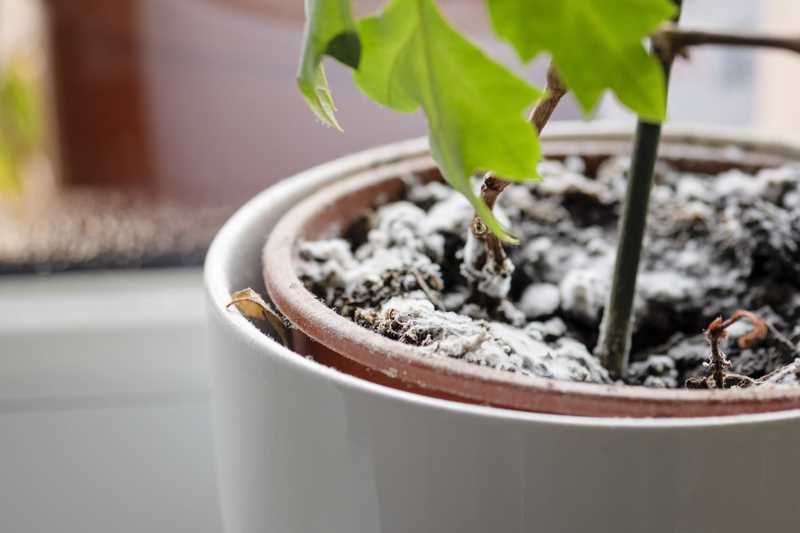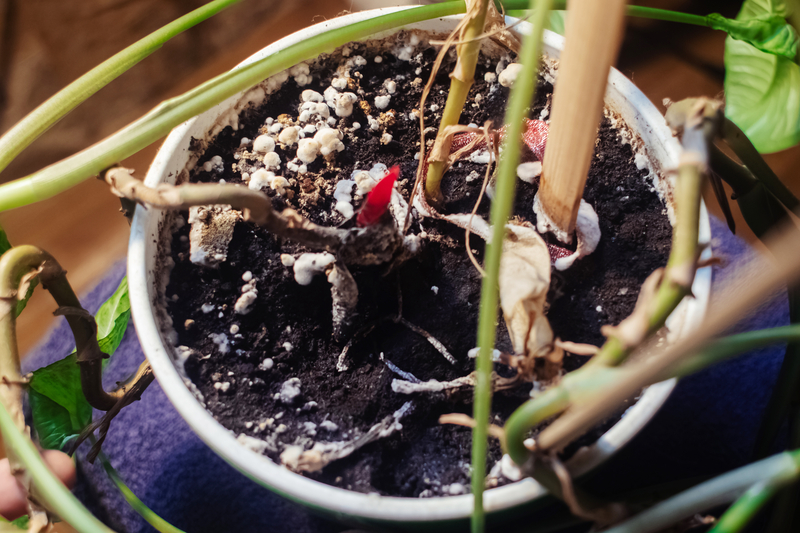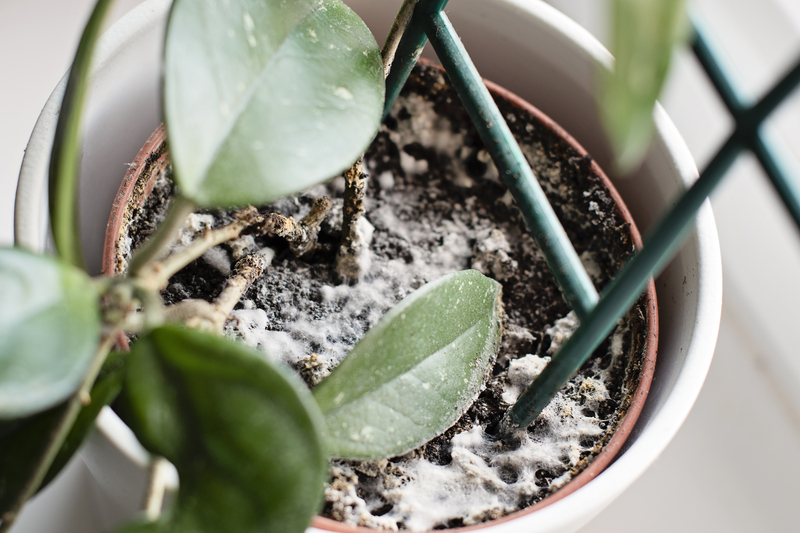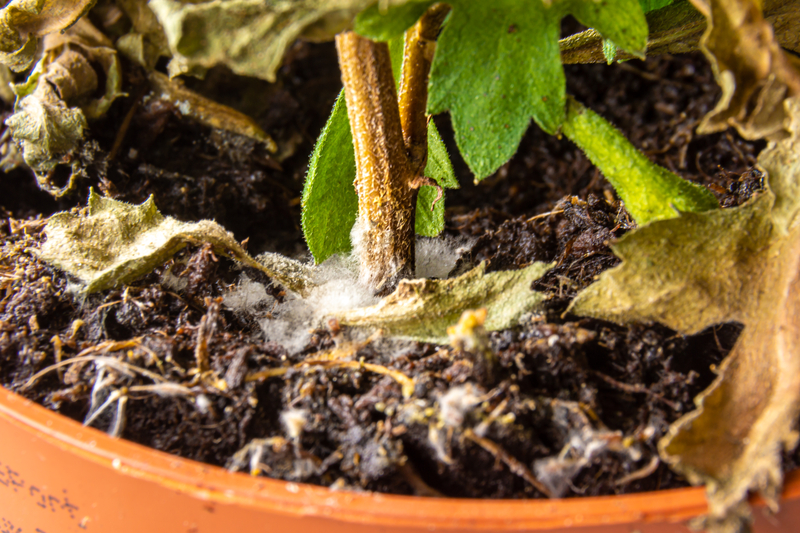Mold can be overwhelming for any plant owner. Luckily, not all mold is immediately dangerous. Every plant owner will encounter this at least once in their life. Most methods to remove mold are easy. Here is what you need to know about mold on plant soil and how to fix it!
Is Moldy Soil Terrible for Plants?
Sometimes, when people see mold, they worry the worst for their plants. Usually, potted plants aren’t at immediate risk. You can easily remove the mold on the soil. As long as you don’t ignore the mold, your plant will be safe from serious mold problems.
What are the Most Common Types of Plant Soil Mold?
White Mold
White mold is a saprophytic fungus. This fungus breaks down organic material and consumes that material. White mold is the least harmful and most common of the molds. The older your plant is, the less likely it can endanger your plant.
You can identify white mold because it’s white, can look cottony, and is a fuzzy mold. Your plant can survive a few extra days with it. But act quick. The mold spores can agitate your allergies and will harm your plant.
Blue Mold
Blue mold is common amongst most plants but is especially dangerous toward trees. It’s known for having a bright blue hue with a white ring. If you have blue mold on a small bonsai tree, beware. Blue mold can penetrate the wood and kill your plant.
Black Mold
Lastly, black mold is the most dangerous form of plant mold. Black mold can look like soil on your plant’s leaves if you don’t look carefully. It looks like a flat, fuzzy mold and is a sooty mold. If you don’t act quickly, your lungs will be agitated and can affect your allergies.
Why Does Mold Form on Plant Soil?
Mold growth occurs in these ideal conditions: cold, dark, and damp. If the room is cold or has poor airflow, moisture will evaporate slowly. Mold is also likely to happen if you don’t have proper drainage. Poor drainage can cause water to pool. Poor drainage increases the likelihood of mold growing in the soil.
If you overwater your plant, water will pool in the soil. Poor light and wet conditions create a breeding ground for fungal growth. Excess water can also encourage root rot and cause mold or fungal growth in the roots. Again, this can happen in poor-quality soil.
Mold can also form under the shadows produced by the dead leaves your plant has dropped. Shade blocks mold-killing UV-rays and creates damp spots for mold to grow.
How Do you Kill Mold Without Killing plants?
The easiest way to remove mold from houseplants is to repot the plant with fresh potting soil. Repotting is a guaranteed way to remove mold for an extended period. Before rehoming your plant, wash out the pot to remove mold and mold spores. While your plant is out, be sure to brush old dirt from the plant’s roots. Any contaminated soil can make it harder to reduce mold growth.
An easy way to get rid of mold is to let the soil dry out in direct sunlight altogether. Ultraviolet rays from the sun will kill spores. If you want to be more effective, scrape off the top layer of soil before letting it dry out in the sun. Scraping is especially helpful if your plant is sensitive to direct sun.
If you are short on time, you can scrape the mold off the surface of the soil. Then, take a damp towel or washcloth and wipe any mold spores off the plant and pot. Removing mold spores is only for a quick fix, and you should expect to use other methods in the future.
What are the Ways to Prevent Mold from Forming in Soil?
Add a natural fungicide to your plant solid. This step is critical if your plant stays in a dark or damp area. Use either sterile soil or mold soil that has is currently mold-free. To create this fungicide, you Mix cinnamon, apple cider vinegar, or baking soda in the potting soil. To maintain the fungicide, sprinkle or splash more anti-fungal on the top layer of soil.
Consider moving your plant to an area with good air circulation. Mold prefers stagnant air, so event repositioning your houseplant will reduce mold risk. Avoid places where air drafts vary in temperature. Sudden temperature changes can harm your plant. Consistent and predictable airflow is best for your plant.
An easy way to prevent mold in the first place is to change the soil as soon as you get a new plant. Since you don’t know the quality of the soil, you don’t know if there are already mold spores in the ground. Next, consider adding a natural fungicide. Some include cinnamon, apple cider vinegar, or baking soda.
Conclusion: How to Get Rid of Mold on Plant Soil
In summary, mold on plant soil is common. Understanding which molds are most dangerous and how to treat them will set you up for success. The main thing to remember is that you don’t want to create a dark and wet environment for the plants. Giving the plants a healthy and happy environment with light, adequate water, and fresh soil will reduce mold risk.
Similar Posts:
How to Properly Clean Plant Leaves





